In India, Music Helps Spread the Message of Millets
New and ancient songs show that there’s more to reviving a crop than planting seeds.
At the behest of the Indian government, the United Nations declared 2023 to be the “International Year of Millets.” It was just one of many initiatives India has undertaken in the last decade to promote millets, sometimes known as the country’s “forgotten” or “orphan” crops. In fact, the passion for millet revival was referred to as “millet madness” as early as 2013.
Millets are grasses with small, hard, round seeds, and nine different species have been cultivated in India since ancient times. But for decades, they’ve been sidelined by more favored staples such as rice and wheat. Indian government research in 2022 found that per capita millet consumption in the country had decreased since 1960 by a whopping 88 percent.
As farmers grapple with climate change and water shortages, some see millets as a life-saver because they require less water and tolerate more heat than other grains, as well as being richer in certain nutrients. In 2018, India held its own “National Year of Millets.” There have since been government-sponsored food festivals, competitions, courses, and documentaries promoting the tiny, earthy-tasting grains.

There have also been songs. In June 2023, Indian Prime Minister Narendra Modi co-wrote (and contributed spoken vocals to) “Abundance in Millets,” performed by husband-and-wife team Gaurav and Falguni Shah. With lyrics like “Cherish finger millets year after year” and “Let’s shower our farmers with love,” the song was even nominated for a Grammy Award. However, not everyone was impressed. In a December 2023 op-ed in The Telegraph India, Chandrima S. Bhattacharya criticized the song and music video as clumsy and overly idealistic. “It has gone where very few songs have before: it has become a PowerPoint presentation,” Bhattacharya wrote. “I do not know how the song got its Grammy nomination and I do not want to know.”
Despite its detractors, “Abundance in Millets” inspired imitators. In November 2023, Odisha Millet Mission, based in the eastern Indian state of Odisha, released its own music video for a song called “Ama Millets Mission.” A government-sponsored competition for millet songs was also announced in 2023, and though it was ended due to a lack of songs that met evaluation criteria, entries can still be found online.
But songs about millet in India are nothing new. Throughout the subcontinent, millets feature in traditional music that accompanies each step of their cultivation. This kind of millet music forms the subject of Kings Have Resorts / People Have Songs, a 2016 documentary by filmmaker Tarun Bhartiya, part of a series about rural village music in the northeastern state of Meghalaya. In the film, the elders of the village of Syndai piece together their memories of “Long Hai,” a traditional song sung during the weeding before millet-planting.

“Long Hai” once brought together generations of women to work cooperatively, with lyrics delivered in a call-and-response format that described scenes from everyday life and reinforced the values of the community. But because betel nut, or kwai, became more profitable as a cash crop, “all the land that we used to cultivate millet on has turned to kwai plantations,” a resident of Syndai explains in the film. At the time of filming, “Long Hai” had not been performed in 60 years.
When millet planting in Syndai ended, so did the singing of “Long Hai” and the way of life that it documented. “We did “Long Hai” when we cultivated millet,” one woman says in the film as she tries to remember the words of the song from her childhood. “How do we preserve it when we don’t cultivate millet anymore?”
There’s a stark contrast between “Long Hai,” which emerged from a lifestyle intrinsically tied with growing millet, and “Abundance in Millets,” which abstractly extols the virtues of the crop. What Bhartiya calls the “middle-class elite obsession” with millets in modern India is often removed from the labor of growing them, and the reality of the substantial changes in the country since millets were last a staple. “That’s why the song can only survive if the lifestyle survives,” says Bhartiya. “Even if you want to revive millet, it is not just a simple crop. This crop embodies certain community values. So, you cannot just take it out and say, ‘Okay, now we’re going to have five fields dedicated to millets.’”

The side-lining of millets in India began during British colonial rule, due to increased demand for cash crops, but millet remained a staple until after Indian independence. Wheat and rice became more accessible through government subsidization in the 1960s and ‘70s during India’s “Green Revolution,” a nationwide program meant to modernize and increase agricultural production. Farmers were encouraged to plant wheat and rice over millet because of their higher yields, and because of the advanced technology that existed for processing them.
Since no such machinery had been developed for millet, it became stereotyped as demanding hard labor for little reward. Farmers were also encouraged to farm monocultured single plots intensively, rather than continuing the ancient practice of “shifting cultivation,” in which fields are alternately cultivated with multiple crops, abandoned to nature, and later cleared.
Traditionally, “millet cultivation was quite closely connected with shifting cultivation,” says Bhartiya. Millet has a shorter growing season than other grains, allowing land to rest or be used for other crops at different times. Bhartiya describes shifting cultivation as “a very, very deep understanding of the land” that requires shared responsibility without private ownership. “Because of the coming of private property, shifting cultivation is becoming more and more endangered,” says Bhartiya.

With an agricultural crisis on the horizon, shifting cultivation is increasingly recognized for its sustainability. But Bhartiya believes that the revival of millet must not follow the same “plantation-based, private property-led culture” that has led to present problems.
The desire for a sustainable grain source has spurred India’s millet madness, but it’s important to remember that “where people used to grow these crops, it was also dependent on a certain sense of community,” says Bhartiya. Traditional songs like “Long Hai” provide the context and a sense of millet’s role in a sustainable agricultural pattern that is missing from modern millet music. The task for viewers of his film, says Bhartiya, is to become aware of that context, and “not separate your eating from the social and cultural relations you have to the land.”
Bhartiya describes songs as a community’s ever-changing repository of memory and knowledge. As a result, he says, “The loss of a song actually embodies a larger loss.” The title of Kings Have Resorts / People Have Songs draws a parallel between the overgrown ruins of a king’s fort in the jungle near Syndai, and the half-remembered local millet song: both echoes of the wealth of the past.
Gastro Obscura covers the world’s most wondrous food and drink.
Sign up for our email, delivered twice a week.





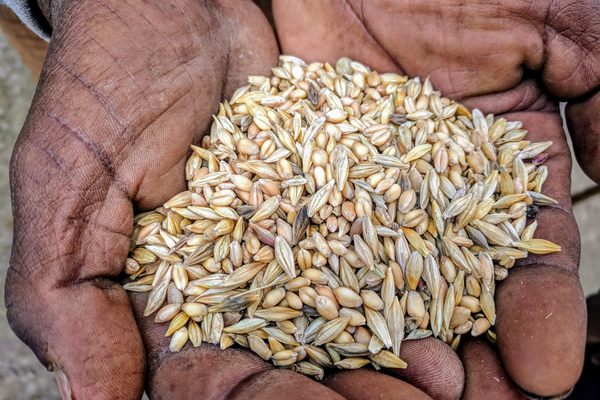



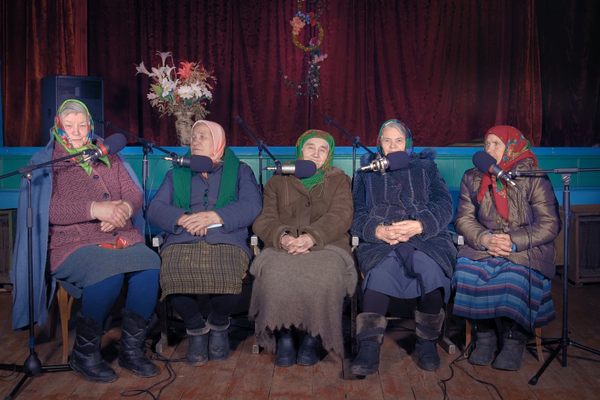


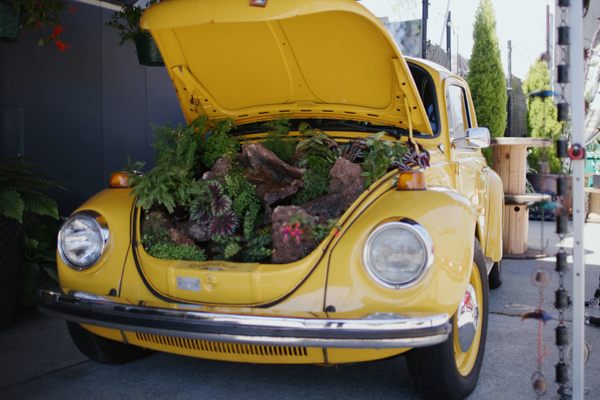







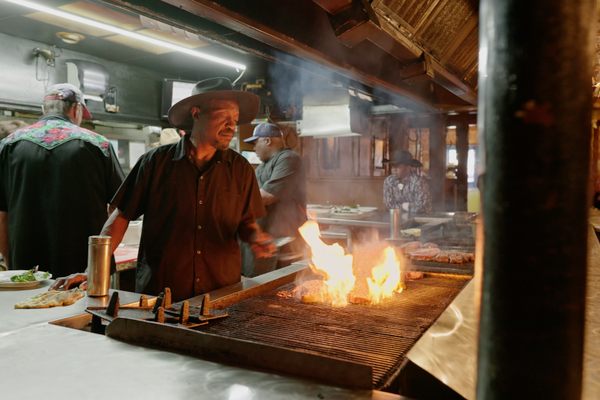
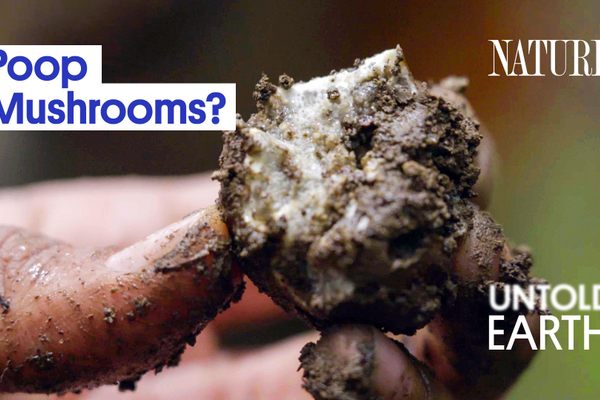


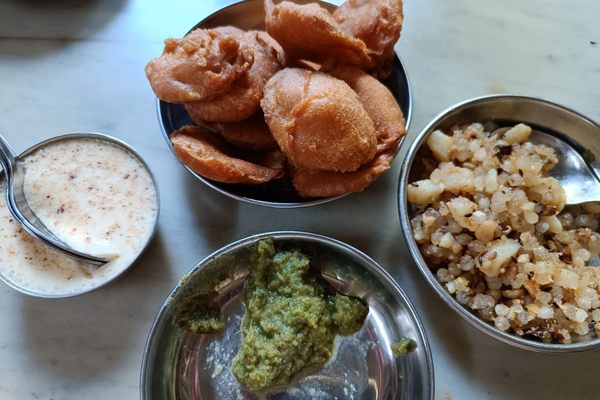




Follow us on Twitter to get the latest on the world's hidden wonders.
Like us on Facebook to get the latest on the world's hidden wonders.
Follow us on Twitter Like us on Facebook